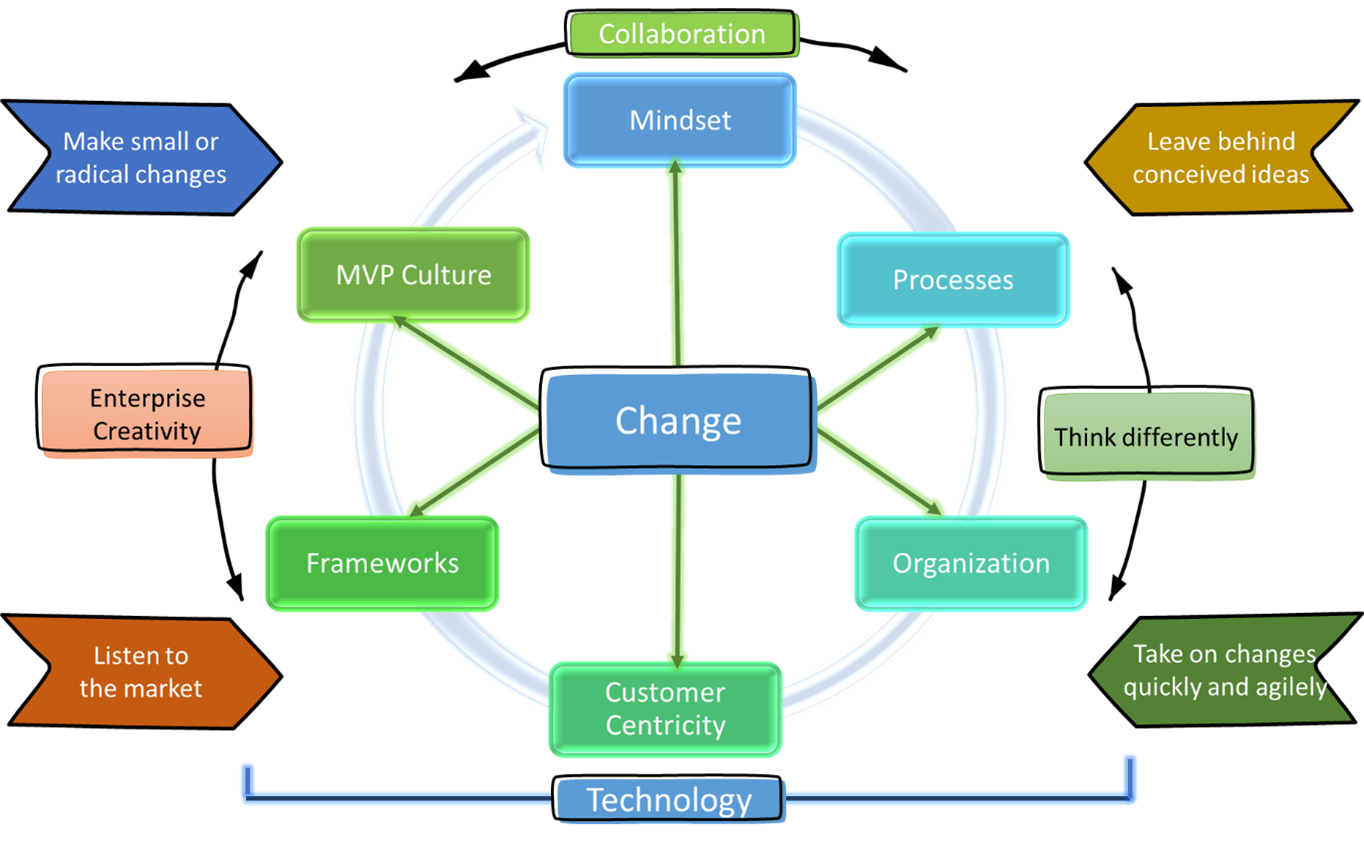Know Your Project’s Setting for Realistic Planning
In any project, your mindset and setting influence your experience. To plan realistically you must know the mindset of the players and the setting, the project’s environment. This article focuses on the setting, and what you can do you identify and consider environmental factors in planning.
Previous articles have addressed environmental factors from different perspectives[1]. Here we use PESTLE Analysis to identify environmental factors to better enable risk management and performance.
Identify the Factors
To be realistic, a plan must consider the project’s environment. For example without knowing the technology to be used and the nature of the relationships among major stakeholders, planners may be overly optimistic or pessimistic because they make unfounded assumptions; overlooking a legal requirement can have far reaching effects.
Performance can be improved in two ways, 1) by changing environmental conditions (if possible and practical) and 2) by accepting what cannot be changed and baking the impact into the plan. Both ways require that the conditions are identified. That is where environmental analysis comes in.
PESTLE Analysis is one of many models that help you to understand your project environment. Other models, for example SWOT Analysis, can be used instead of or with PESTLE analysis.
PESTLE Analysis assesses the Political, Economic, Sociological, Technological, Legal and Environmental factors that affect project performance. The model is usually applied on the organizational level for strategic planning. Here the focus is closer to the project itself.
Tacit vs. Explicit
Often, there is a tacit understanding about environmental factors. With tacit understanding, there is the risk that stakeholders do not share a common perspective of the situation. Some may be unaware of some factors; others may have different views and values. Changes may have been made or are planned that make experience less useful as an anchor for predicting the future.
Explicitly identifying and analyzing the factors helps to make sure they are meaningfully addressed. This means spending time and effort on the analysis, deciding which factors are actionable, and planning accordingly.
Resistance
As sensible as explicitly assessing environmental factors seems, there is resistance to it. Possible causes are, the team and its leadership may not recognize the benefits, they may believe that everyone knows how things are, and they may take the attitude that “we can’t do anything about the environment, so why bother talking about it.” Leadership must be willing to confront the realities of their environment, including its flaws.
If powerful stakeholders are eager to have realistic plans, then resistance is overcome by recognizing that one of the primary reasons for chronic late and over budget projects is not taking the project environment into account. For example, a plan will be unrealistic if it is based on the assumption that a decision will be made in a month when it always takes three because there are multiple levels of decision makers, many of whom are very busy with other priorities.
Advertisement
[widget id=”custom_html-68″]
The Factors
The environmental factors in a PASTLE analysis are described below. The purpose of the model is to raise questions that enable project managers, and planners to identify any hidden obstacles and to consider as many factors as possible. How will these issues effect the project? Do they effect multiple projects? What can be done about them to make plans more realistic and to streamline the process?
- P – Political:
Politics is the process of making group decisions. On a macro level, there are governmental influences in the form of regulations, taxation, international and other issues. Internal politics also have an impact on the project. Is project governance effective? Is there a political issue about the way the PMO, project managers, and functional managers perceive roles and authority? Do differences in political beliefs and allegiances cause conflict among stakeholders? Is the project goal a political issue among organizational leadership? What “old grudges” and beliefs get in the way of effective collaboration?
Political issues along with the social factors are among the most difficult to address. There is a tendency to make believe they don’t exist. There may be “hot” buttons and fear of poking a hornet’s nest.
- E – Economic
Economic factors are both internal and external. The internal ones include the perceived cost and value of the project outcome, volatility in resource costs, budget adequacy, the project budget as a proportion of the organization’s budget. How flexible is the budget? Is there a clear expectation of financial gain? External economic factors include interest rates, volatility in the cost of resources. credit availability, and market behavior.
- S – Social
Social factors relate to stakeholder cultural norms, values, and demographics. For example, if the team includes members from different generations or cultural groups, is there potential conflict? What is the expectation and tolerance for the “Storming” stage of team development? What is the organization’s culture? Are there multiple organizations involved? Are their cultures compatible? Explicitly the way to facilitate communication, manage conflict, and make decisions can avoid unnecessary stress and conflict.
- Technology
On the project level technology has two dimensions: the technology used to manage the project and the technology that is part of the project deliverable. Is the technology stable? Is the technology new to users and providers? What learning curves are involved? Is there adequate support? For project management is there a platform of PM software and related productivity tools? Is the platform adding value, is it well managed and supported? How is the data managed and used? What options do you have and how will each impact performance, cost, and risk? How aligned with other projects is the technology?
- Legal
What are the contracts, rules and regulations that effect the project? How are contracts managed? Are project staff and management subject to legal liabilities? Are there audit requirements? Are there ethical issues? Common legal issues are, copyright, patents, and intellectual property, fraud, non-disclosure, consumer protection, environmental protection, data security, health and safety, discrimination and abuse.
- Environmental
From a project manager’s perspective project performance is effected by the project environment, the environment into which the product will go, and the broader environment with its weather, climate, geographical, factors. Project and product environmental factors overlap with the other PESTLE categories.
Moving Forward
Using an analytical model to assess environmental factors enhances risk management and leads to better plans and improved performance. Is your approach to identifying the factors that influence your project as good as it could be? How can it be even better?
[1] Consider the Project Environment, https://www.projecttimes.com/articles/consider-the-project-environment/ by George Pitagorsky and Understanding Enterprise Environmental Factors, https://www.projecttimes.com/articles/understanding-enterprise-environmental-factors/ by Mark Romanelli





